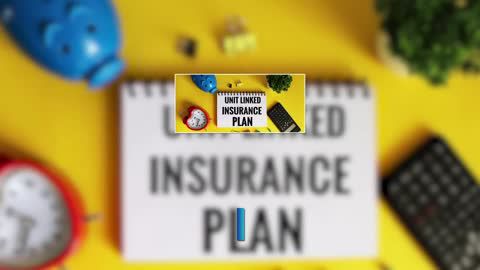Managing income tax on a salary of Rs. 90 lakh can feel overwhelming, but it’s a crucial step toward building financial stability and achieving long-term goals. With the introduction of the new tax regime in Budget 2025-26, things have changed—simplified tax slabs make calculations easier, but the removal of popular deductions and exemptions means you need to rethink your tax-saving strategies. Whether you are comparing the new regime with the old one or exploring actionable ways to save taxes, opting for life insurance plans can be a smart option, offering the dual benefits of financial protection and tax relief.
Let’s dive in and see how you can make informed choices to optimize your tax liabilities and secure your financial future.
What is the Budget 2025 update on the income tax?
The Union Budget 2025 introduced significant updates to the income tax structure, particularly under the new regime. Here are the key highlights:
Simplified tax slabs:
The new regime provides straightforward tax slabs with reduced rates but eliminates most exemptions and deductions.
Focus on compliance:
The government aims to reduce the compliance burden for taxpayers by offering a transparent and easy-to-understand structure.
Standard deduction:
A standard deduction of Rs. 50,000 is available even under the new regime, offering some relief to salaried individuals.
Surcharge relief on high incomes:
A key highlight — the maximum effective tax rate for ultra HNIs has been capped at 39%. Earlier it could go above 42%.
These updates make the new regime slightly more attractive for high-income earners — but only if you're not claiming deductions under 80C, 80D, or HRA.
Why it matters:
Choosing between old and new regimes isn’t just about slabs — it’s about how much you invest and save. If you use tax-saving tools like ULIPs or child plans, the old regime may still be more beneficial.
Want to grow your wealth while staying protected? Compare investment-backed life insurance plans that save tax — Get instant quotes now!















